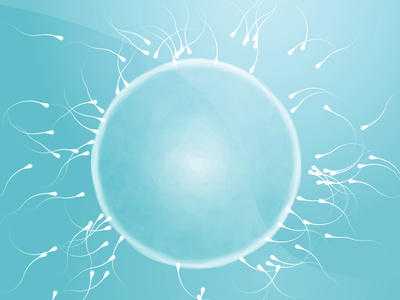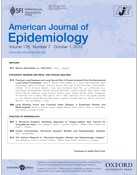AJHG:揭示男性不育的遗传原因
2013-05-06 T.Shen 生物谷
2012年10月27日--严重的精子产生障碍(Severe spermatogenic failure,SSF)是一种引发低精子数和不育的主要原因。近日,刊登在国际杂志the American Journal of Human Genetics上的一篇研究报告指出了困扰全世界男性的这种疾病的遗传改变、引发原因以及流行度。研究发现揭示了引发该疾病的遗传改变,这或许帮助生殖中心为患者提供更好的遗传咨询

2012年10月27日--严重的精子产生障碍(Severe spermatogenic failure,SSF)是一种引发低精子数和不育的主要原因。近日,刊登在国际杂志the American Journal of Human Genetics上的一篇研究报告指出了困扰全世界男性的这种疾病的遗传改变、引发原因以及流行度。研究发现揭示了引发该疾病的遗传改变,这或许帮助生殖中心为患者提供更好的遗传咨询。
来自杜克—国立大学的研究者Rozen说,与医学有关的群体遗传学研究目前已经建立了,但是这仅仅是对Y染色体研究走出的第一步,这项研究将帮助我们首次研究,引发8%的严重低精子计数的两种类型的突变。
SSF常见的遗传突变是Y染色体AZFc区域的功能缺失,这个区域6处剔除目前已经被报道过了,但是研究者依然不清楚为何此疾病如此流行以及其增加了患者多少患病率。为了回答这个问题,研究者对来自印度、波兰、突尼斯、越南以及美国,超过20,000名男性患者的6处区域缺失进行了筛选分析。
研究小组对4处缺失区域进行了检测,结果显示,其中一处的缺失与SSF较强的发病风险直接相关。最为常见的缺失-gr/gr在2%的男性及2%的病例中被找到了,而且其可以使得SSF患病比例加倍。值得注意的是,罕见的b2/b4剔除在1%的男性患者中发现了,其可以增加SSF患病的风险因子为145,而且占到了6%的患病比例。
最后,研究者Rozen说,我们的研究揭示了AZFc区域的两处突变对SSF的发病起主要原因,快速的临床应用应该是进行适当的遗传咨询,尤其是已经知道有1处缺失的男性患者,应该进行辅助生育的手段来生育小孩儿。
与不育相关的拓展阅读:
- Bio Repro:新生儿植物雌激素暴露如何导致成年不育 更多信息请点击:有关不育更多资讯

AZFc Deletions and Spermatogenic Failure: A Population-Based Survey of 20,000 Y Chromosomes
Deletions involving the Y chromosomes AZFc region are the most common known genetic cause of severe spermatogenic failure (SSF). Six recurrent interstitial deletions affecting the region have been reported, but their population genetics are largely unexplored. We assessed the deletions prevalence in 20,884 men in five populations and found four of the six deletions (presented here in descending order of prevalence): gr/gr, b2/b3, b1/b3, and b2/b4. One of every 27 men carried one of these four deletions. The 1.6 Mb gr/gr deletion, found in one of every 41 men, almost doubles the risk of SSF and accounts for 2% of SSF, although <2% of men with the deletion are affected. The 1.8 Mb b2/b3 deletion, found in one of every 90 men, does not appear to be a risk factor for SSF. The 1.6 Mb b1/b3 deletion, found in one of every 994 men, appears to increase the risk of SSF by a factor of 2.5, although <2% of men with the deletion are affected, and it accounts for only 0.15% of SSF. The 3.5 Mb b2/b4 deletion, found in one of every 2,320 men, increases the risk of SSF 145 times and accounts for 6% of SSF; the observed prevalence should approximate the rate at which the deletion arises anew in each generation. We conclude that a single rare variant of major effect (the b2/b4 deletion) and a single common variant of modest effect (the gr/gr deletion) are largely responsible for the AZFc regions contribution to SSF in the population.
作者:T.Shen
版权声明:
本网站所有注明“来源:梅斯医学”或“来源:MedSci原创”的文字、图片和音视频资料,版权均属于梅斯医学所有。非经授权,任何媒体、网站或个人不得转载,授权转载时须注明“来源:梅斯医学”。其它来源的文章系转载文章,本网所有转载文章系出于传递更多信息之目的,转载内容不代表本站立场。不希望被转载的媒体或个人可与我们联系,我们将立即进行删除处理。
在此留言









